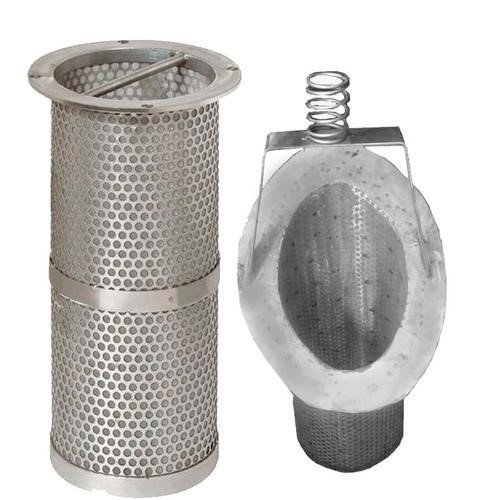Description
A basket strainer is a device that filters foreign particles from a horizontal pipeline using a mesh screen. These particles are subsequently removed from the strainer, ensuring that they do not end up in downstream equipment such as pumps, valves, or traps. Basket strainers can strain and filter a wide range of fluids and hold solid components of practically any size. All of the baskets are retraceable and easy to clean. Basket strainer components come in single cylinder, double cylinder, multi-cylinder, and pleated designs, depending on the application. Filter housing, perforated cage-supported filter element, positive sealing arrangement to prevent bypass, and end link options are all included. Two layers of basket strainers are frequently used, and they are called duplex strainers.
Operation
When the filter is turned on, the filtered water enters the strainer basket through the input, passes through the filter panel, and exits the process flow outlet into the desired pipe. Particles and solid contaminants in the water cling to the basket filter screen. With this constant flow, more particles are collected, and the filtering speed slows down with time. The transported sewage, on the other hand, runs continuously, narrowing and closing the filter hole, resulting in a pressure differential between the input and the outflow. The differential pressure sensor communicates an electrical signal to the controller when the difference between intake and outlet pressure exceeds the fixed value, and the control mechanism starts the drive motor to rotate the shaft via the transmitting element. The blowing port is also opened at the same moment, and debris is discharged from the blowing port. The difference pressure decreases to the minimal value as the filter screen is cleaned by blowdown, the system returns to its original filtering condition, and the system functions normally. A casing, multiple filter components, a backwashing device, a differential pressure regulator, and other components make up the filter. During operation, liquid enters the lower chamber of the strainer through the intake and exits through the diaphragm hole into the interior chamber of the straining element. It’s an automated filtration system that’s unique, effective, and simple to use.




